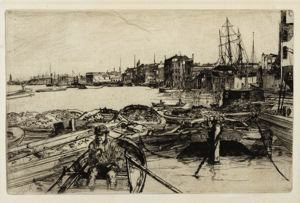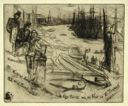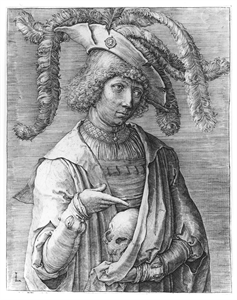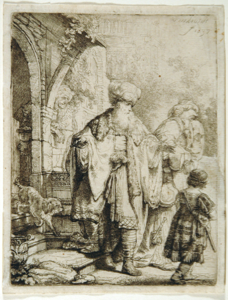
James Abbott McNeill Whistler
American, 1834–1903
A Series of Sixteen Etchings of Scenes on the Thames (The Thames Set)
American, 1834–1903
The Pool
1859A Series of Sixteen Etchings of Scenes on the Thames (The Thames Set)
Object Type:
Print
Creation Place:
North America, American
Dimensions:
5 1/2 in. x 8 1/2 in. (13.97 cm x 21.59 cm)
Medium and Support:
Etching on laid paper
Accession Number:
1984.0017.0006
Credit Line:
Gift of Mr. and Mrs. Adolph Weil, Jr., in memory of Mr. and Mrs. Adolph Weil, Sr.
Keywords
Click a term to view the records with the same keyword
Related Objects
Click a record to view

Limehouse
1978.0014
Thames Warehouses
1984.0017.0001

Old Westminster Bridge
1984.0017.0002

Limehouse
1984.0017.0003

Eagle Wharf
1984.0017.0004

Black Lion Wharf
1984.0017.0005

Thames Police (Wapping Wharf)
1984.0017.0007

The Lime-Burner
1984.0017.0008

Rotherhithe
1984.0017.0009

The Forge
1984.0017.0010

Millbank
1984.0017.0011

Chelsea Bridge and Church
1984.0017.0012

Old Hungerford Bridge
1985.0002

The Little Pool
1985.0009

Early Morning, Battersea
1985.0013

Becquet
1986.0003
Portfolio List
Click a portfolio name to view all the objects in that portfolio
This object is a member of the following portfolios:
Your current search criteria is: All Object records.

 by Artist (747)
by Artist (747)

